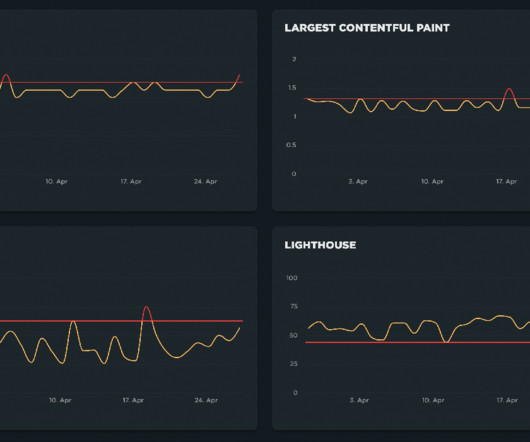Prometheus AWS Exporter and Grafana
DZone
MAY 1, 2023
The main purpose of this article and use case is to scrape AWS CloudWatch metrics into the Prometheus time series and to visualize the metrics data in Grafana. Prometheus and Grafana are the most powerful, robust open-source tools for monitoring, collecting, visualizing, and performance metrics of the deployed applications in production. These tools give greater visibility other than collecting the metrics also, where we can set up critical alerts, live views, and custom dashboards.















Let's personalize your content